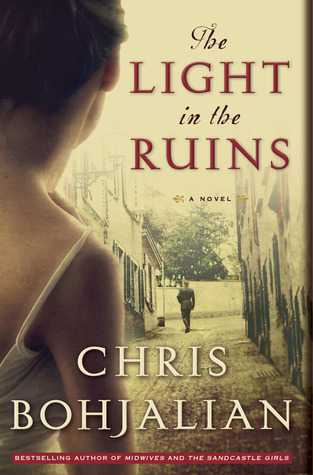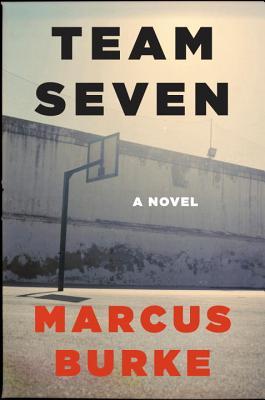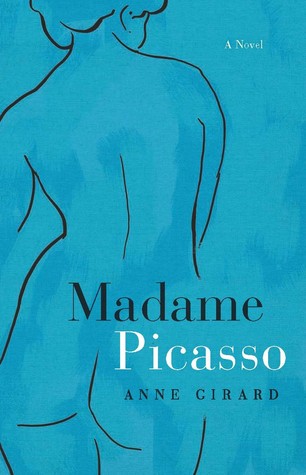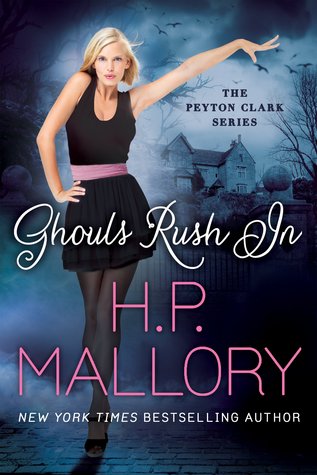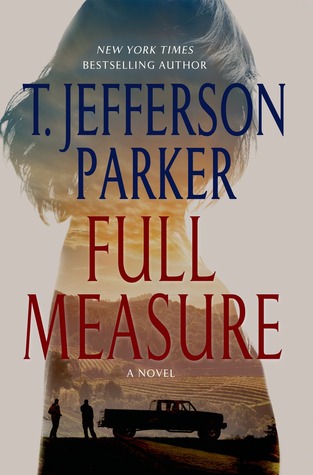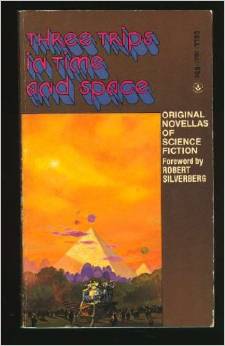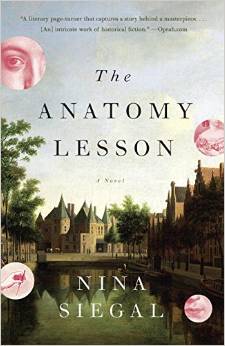Another reviewer is entirely baffled as how this book has such incredible reviews. I fall into this reviewer’s camp.
The light in the ruins only has a single redeeming quality: the female, post-war detective attempting to solve the series of murders plaguing an aristocratic Tuscan family.
The female detective is great, and she holds great potential. This is not a vehicle for her. Nor is The Light in the Ruins a vehicle for anything.
There’s some sporadic narration by the killer, which is entirely clichéd, boring and pointless. There’s the primal serial killing done in the name of revenge. There’re Nazis, and the people allied with them and there’s the resistance and some ruins and a weak love story.
Really, there’s nothing worth writing about and there’s nothing worth reading about.
Really, the writing is weak and the emotions are boring and the plot moves so slowly as to be worthless.
This book was received, free of charge, from the Goodreads First Reads program.
